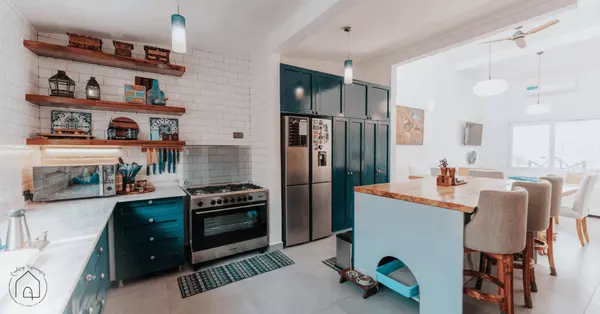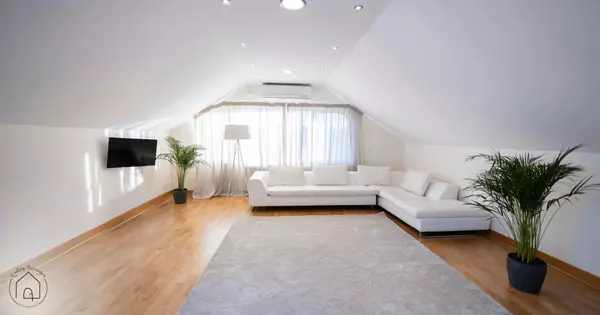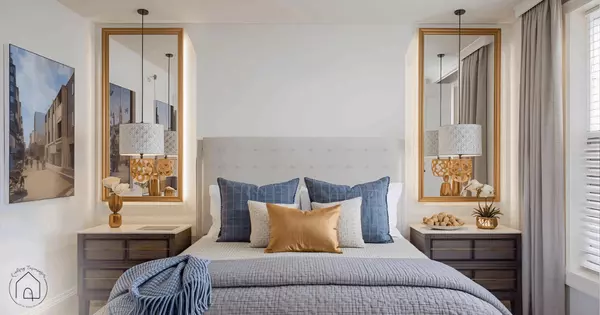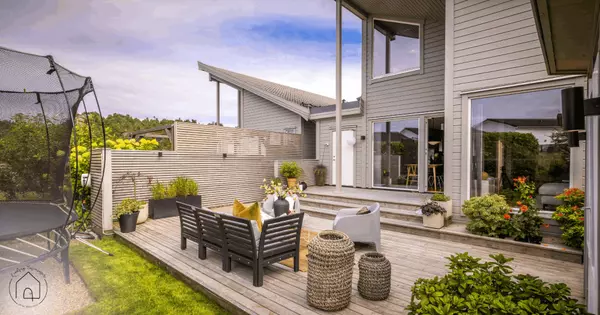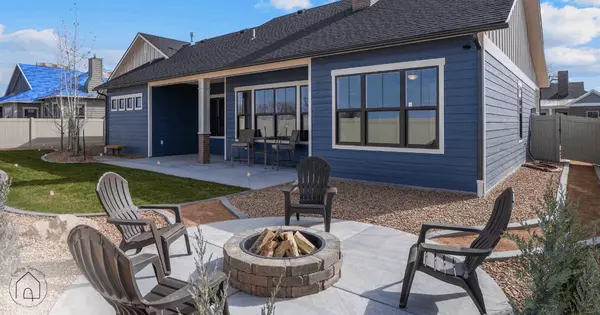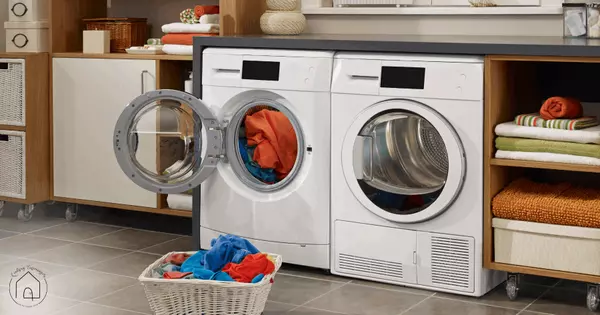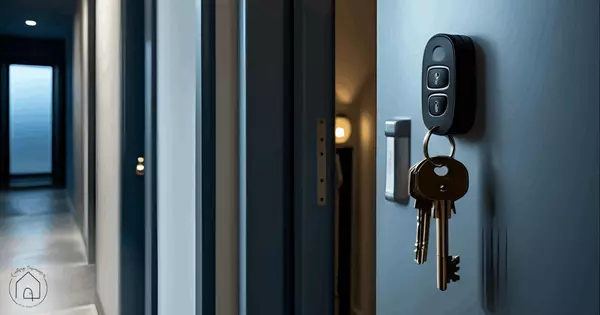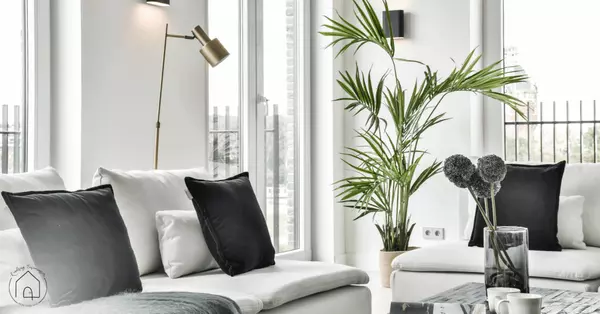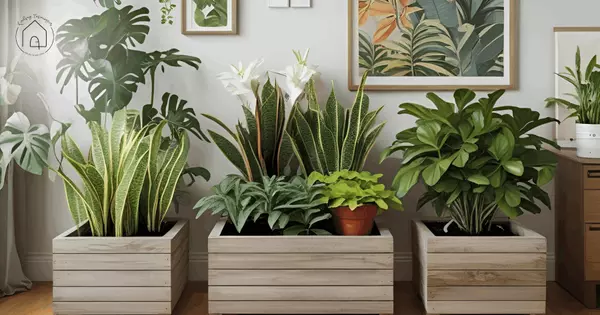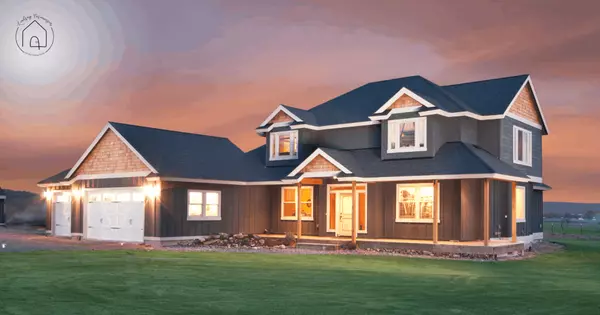Combining Function and Style on Open Shelves
Open shelving can make a kitchen feel more spacious and functional when styled thoughtfully. Start by deciding what belongs on the shelves and what doesn’t. Everyday items like plates, bowls, or glassware work well because they’re both practical and neat. Grouping similar items keeps the look organ
Low-Maintenance Features That Buyers Notice
When selling your home, highlighting low-maintenance features can make your listing stand out. Many buyers want homes that are easy to care for without constant upkeep. Start by walking through each area of your home and noting what requires little attention. Think about durable flooring, easy-to-c
Home Decor Ideas With Bamboo Materials
Bamboo composites are becoming a popular choice in home decor. They combine bamboo fibers with other materials to create durable and sustainable products. Homeowners are drawn to them for flooring, furniture, and accent pieces. The material is known for its strength and natural look. Unlike traditi
Converting Storage Attics Into Usable Rooms
Attics often go unused, but they can be transformed into valuable living space with the right approach. Before starting, check the structural condition of the attic. Floors must be strong enough to support regular use. Ceilings should provide enough headroom for comfort. Building codes may also req
Simple Ideas for Cat Climbing Areas
Cats enjoy climbing, and giving them their own space can help protect your furniture. A climbing corner provides both entertainment and exercise. Start by choosing a corner that is safe and out of the way. Avoid areas with breakable items or heavy foot traffic. Look for spots with enough vertical h
Bedroom Design With Pendant Lamps
Lighting plays an important role in bedrooms. It affects how the space feels and how well it functions. Pendant lamps are one option that many homeowners overlook. They can provide both style and practicality when used thoughtfully. Hanging pendants save space on nightstands by replacing table lamp
DIY Planter Boxes for Your Patio
Building your own planter boxes is a simple project that can improve your patio space. You don’t need advanced skills or expensive tools to get started. A basic box can be built with a few pieces of wood, screws, and a drill. If you want something more durable, cedar or redwood are good choices bec
Chore Time Made Easier With Playful Routines
Chores can feel boring for kids, but turning them into games makes them easier to complete. When you frame cleaning or organizing as play, children are more likely to get involved. Instead of simply asking them to clean their room, try adding a challenge or a timer. For example, set a goal to see w
A Simple DIY Firepit Table for the Backyard
An outdoor firepit table can be both functional and inviting. Building one with pavers is a project many homeowners can handle themselves. Pavers are sturdy, easy to find, and available in different shapes. The process does not require advanced tools, making it more approachable. Before starting, c
Making Laundry Day More Efficient
Laundry is a task that every household faces, but small changes can make it easier to manage. Sorting clothes into separate hampers for whites, colors, and delicates can save time on laundry day. This way, you can load the machine without sorting through piles. Keeping laundry supplies in one place
DIY Magnetic Key Holders That Keep You Organized
Keeping track of your keys can be frustrating, especially when you're rushing out the door. A magnetic key holder offers a simple solution that keeps your keys in one place. You don’t need fancy tools or experience to make one. All it takes is a small piece of wood, a few magnets, and some creativi
What Gen Z Buyers Really Want in a Home
Gen Z is starting to enter the housing market, and their preferences are shaping how homes are bought and sold. This group, born between the late 1990s and early 2010s, values function, flexibility, and smart technology. Unlike previous generations, many Gen Z buyers are entering the market with st
Know the Facts About HOAs Before You Move
Many homes are part of a homeowners association, or HOA. This setup can offer structure and shared services. You might get access to amenities like pools or fitness areas. You may also find rules about what you can and can’t do with your home. These rules are called covenants, conditions, and restr
Questions to Ask Before You Submit an Offer
Buying a home is a big step, and submitting an offer can feel like a rush. But before making that move, it helps to pause and ask a few key questions. One of the first things to confirm is how long the property has been on the market. A home that’s been sitting for a while might give you room to ne
What Buyers Look at First During a Home Tour
When buyers step into a home for the first time, their impression forms quickly. Often within seconds, they decide whether the space feels welcoming, clean, and worth exploring further. That’s why the entryway matters so much—it’s the first thing they see. A tidy front porch, swept walkway, and c
Choosing Throw Pillows That Actually Work
Throw pillows can change the look and feel of a room in a few seconds. They add comfort, color, and texture without much effort. Start by thinking about the purpose of the space. A bedroom may need soft, calming colors, while a living room might benefit from bold patterns. Look at your existing fur
Indoor DIY Planters You Can Make This Weekend
Planter boxes bring life indoors, and making them yourself adds a personal touch. You don’t need advanced tools or materials. Basic wood, a hammer, nails, and a saw will do. Start by measuring the space where the box will go. Sketch your design before cutting any wood. Keep it simple, especially if
Pet-Proofing: What You Might Be Missing
Pets rely on us to make their environment safe. Many common household items can pose hidden risks. Wires, cords, and small objects can easily be chewed or swallowed. Block off unsafe areas like garages or storage rooms. Watch for plants that could be toxic if eaten. Some cleaning supplies can harm
Create a Cozy Outdoor Glow on Your Own
Lighting your outdoor space doesn’t have to be expensive or complicated. Simple projects can make your yard more inviting. One popular option is solar-powered lights. They charge during the day and glow at night with no wiring needed. You can place them along walkways or around a patio. String ligh
How to Host a Themed Dinner Night
Hosting a themed dinner night is a fun way to break the routine. You don’t need a special occasion to do it. Just pick a theme that everyone will enjoy. Taco night, Italian night, or breakfast-for-dinner are all simple ideas. You can go with a country, a color, or even a favorite movie. Once you ha

Lindsay Eisiminger
Phone:+1(720) 934-0343



